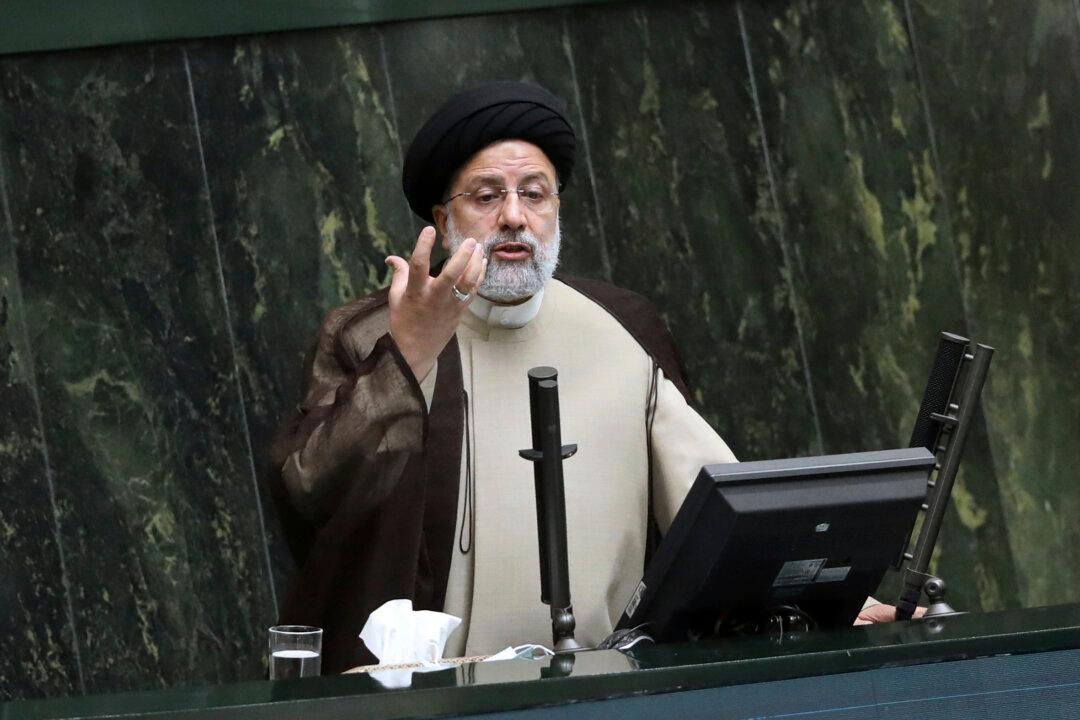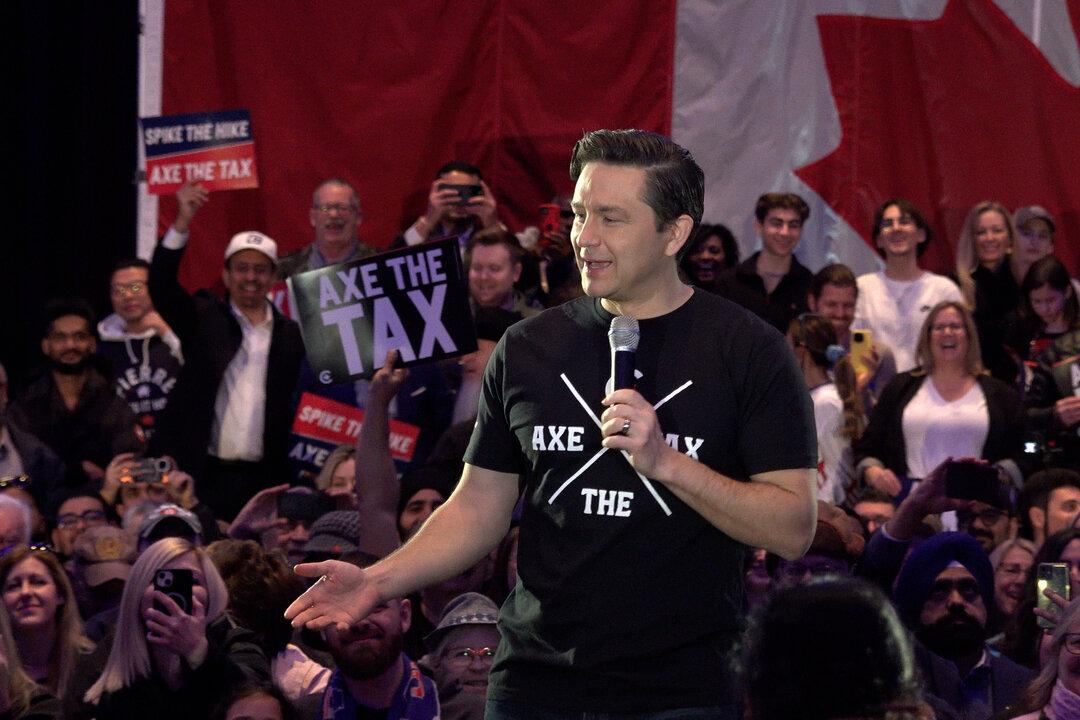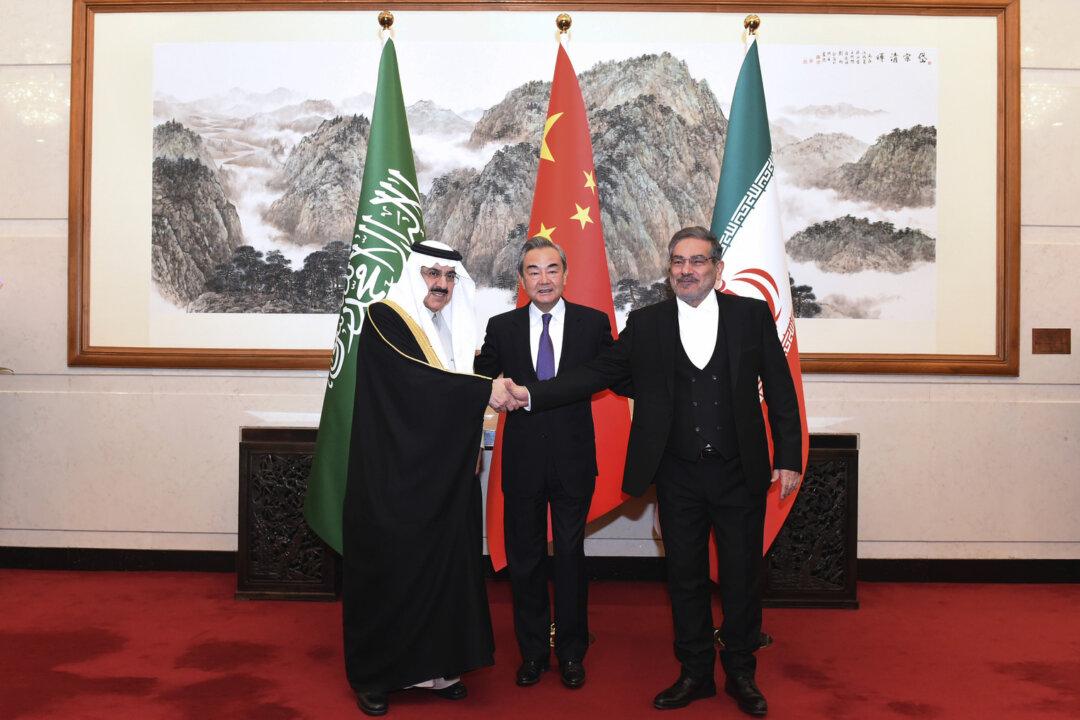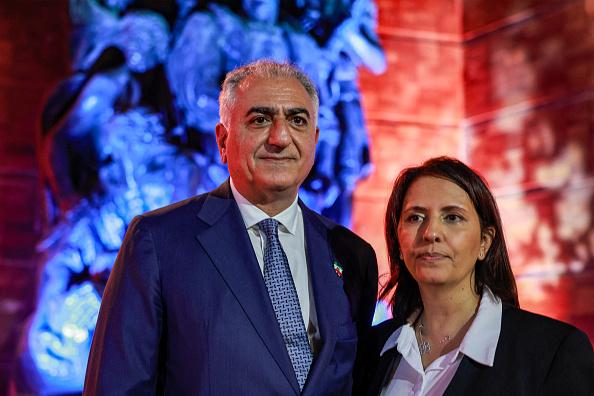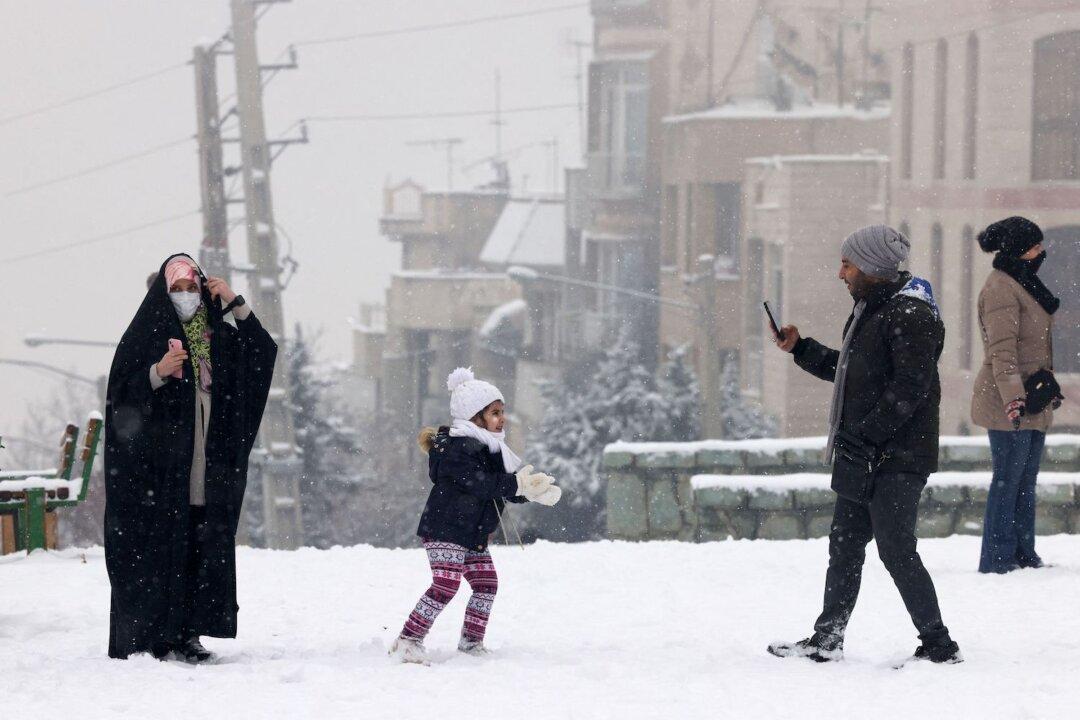Shortly after news broke on May 19 that the helicopter carrying the Iranian president and other officials had crashed in northwestern Iran, Supreme Leader Ali Khamenei said there would be no disruption to administrative affairs.
To Iran observers, this would be stating the obvious, as despite its very complex political structure and multiple and overlapping governmental bodies, all power ultimately rests with the supreme leader, and increasingly, the Islamic Revolutionary Guard Corps, whose extensive control reaches across all aspects and institutions of the country, including the economic sector.
